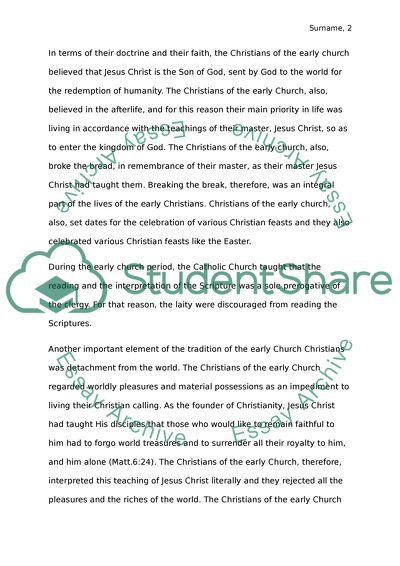Cite this document
(“Three periods of the history of the Church Research Paper”, n.d.)
Three periods of the history of the Church Research Paper. Retrieved from https://studentshare.org/religion-and-theology/1666613-three-periods-of-the-history-of-the-church
Three periods of the history of the Church Research Paper. Retrieved from https://studentshare.org/religion-and-theology/1666613-three-periods-of-the-history-of-the-church
(Three Periods of the History of the Church Research Paper)
Three Periods of the History of the Church Research Paper. https://studentshare.org/religion-and-theology/1666613-three-periods-of-the-history-of-the-church.
Three Periods of the History of the Church Research Paper. https://studentshare.org/religion-and-theology/1666613-three-periods-of-the-history-of-the-church.
“Three Periods of the History of the Church Research Paper”, n.d. https://studentshare.org/religion-and-theology/1666613-three-periods-of-the-history-of-the-church.


